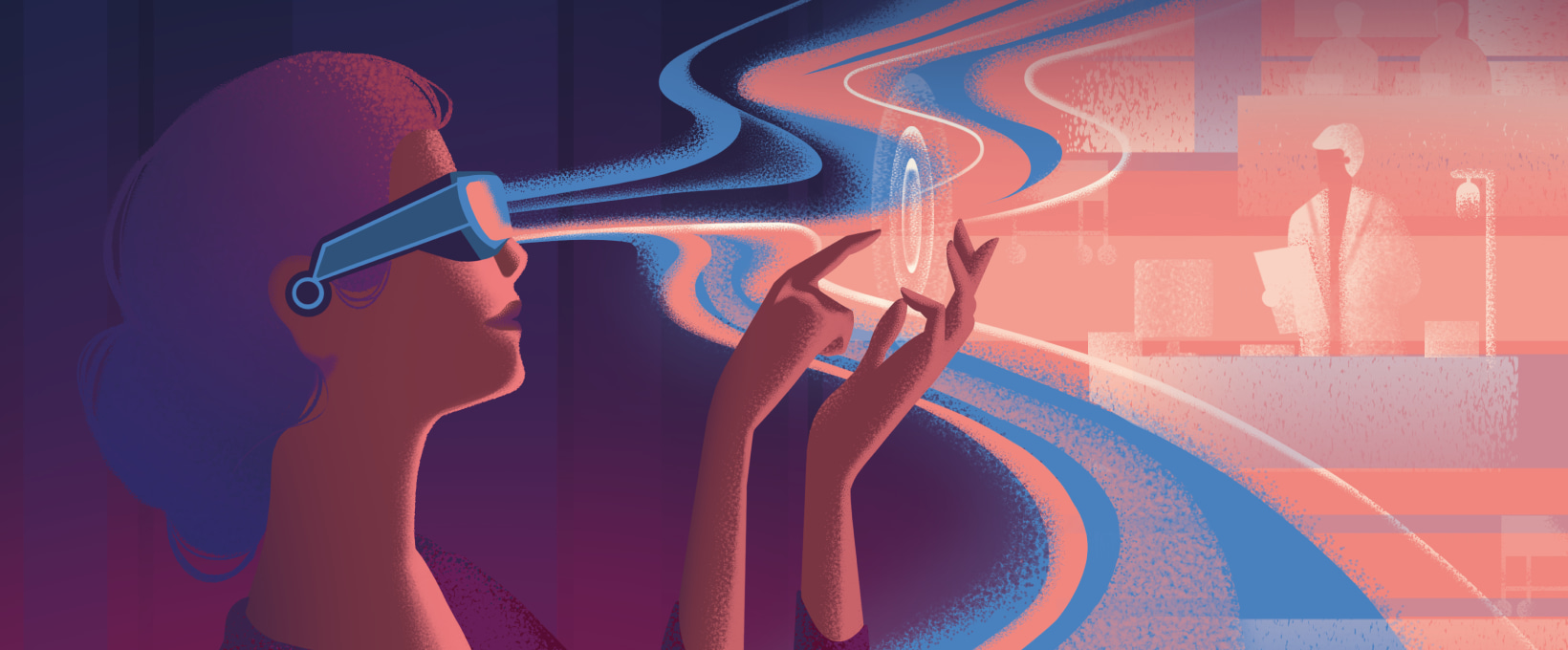- Demand for virtual environments for outpatient care
- Regional registries for resource coordination
- Using AI to analyze data during the treatment
- Conclusion
In this article, we will briefly analyze those spheres in medicine where the pandemic has directly impacted the development of applications for healthcare. Which areas have become more in-demand, in which directions should healthcare software development companies evolve, and how will the face of our world change? See below!
Having swept the whole world, the coronavirus has become the most serious medical disaster since, perhaps, the Spanish flu a century ago. Of course, thanks to the higher level of medicine, the number of victims is now fewer. In 1920, at least 17 million dead were reported; now, the number of victims is a little more than a million. However, the level of globalization has grown many times over. Our world is riddled with countless connections and interdependencies that have suffered damages from quarantine measures (inevitable, of course). Almost every aspect of our lives has been affected or altered. And what has happened to such an important and vital sector as healthcare? Let's try to identify the main trends that medical software companies should follow.
Demand for virtual environments for outpatient care
In regions with strict quarantine measures, where social distancing has become a top priority and working from home has become the norm, outpatient care has undergone a transformation. In primary medical care practice, there are newly-formed protocols that can be formulated as follows:
- Postponement of all scheduled examinations and visits.
- If a visit to the doctor cannot be postponed, everything possible must be done to hold it online.
- And only in those cases when this is impossible, a patient is invited to an in-person appointment.
A custom healthcare software development company from the USA - one of Andersen’s partners - has reported an overall 75% decrease in visits to healthcare facilities (apart from emergency care).
Many electronic health record (EHR) systems have telemedicine functionality - but not all of them. Before the pandemic outbreak, virtual outpatient care wasn’t a demanded service and didn’t have much credibility among users. These days, based on the statistics of our partners, we can talk about an increase in the number of telemedicine visits, which has been even up to 2000% in certain periods!
If the system used in your medical facility doesn't contain such functionality, you have to use third-party platforms. It can be Facetime, Skype, or (goodbye security!) Zoom. None of these resources are compliant with the Health Insurance Portability and Accountability Act and, when used, can cause violations of patient confidentiality. The only correct and ethical approach is to use stand-alone platforms that are HIPAA-compliant and integrated into the EHR.
Along with that, it is necessary to keep in mind that, as the number of video attendances increases, so does the overall load on your system. Make sure your Internet connection is ready for this!
Regional registries for resource coordination
In a number of regions with advanced technological development, such as San Francisco, entire clusters have been formed, coordinating the resources and efforts of many stakeholders: IT departments of hospitals, delivery services, marketing specialists, and others.
For example, such a registry provides a means for receiving the latest information about the availability of COVID-19 testing. Materials for testing and laboratory resources in the region are distributed in an optimal way, so test results can be obtained as quickly as possible.
The supply of personal protective equipment and lung ventilators, the availability of medical personnel - all this saves lives; hence it must be coordinated in the best possible way.
Healthcare software development provides solutions that allow medical staff to process constantly changing data in real time, build analytics, optimally allocate resources and, what is really important, provide a convenient platform for users to obtain information.
Using AI to analyze data during the treatment
AI has great potential in the development of treatment methods. Let us explain how these methods are usually developed. What’s considered as a standard approach is a double-blind prospective study. Subjects are selected according to certain criteria and then divided into two groups - one of the groups receives medical treatment, and the other receives a placebo. The results are analyzed over a long period of time. From the scientific methodology perspective, this method is flawless, but unfortunately, the fast spread of COVID-19 doesn't leave enough time for it.
AI doesn't need to feed two groups of people with pills to figure out if everything is okay. It only needs access to available data. Plus, having enough data, AI can determine the risk of death or a severe form of the disease by observing demographics, comorbidities, and other medications being taken. In total, the biggest benefits of AI are the speed and accuracy of analysis. They must not be neglected.
Conclusion
The global impact of COVID-19 is unprecedented and has disrupted almost every sphere of our daily lives. Medical care is changing in many aspects, and healthcare IT infrastructure is changing together with it. Many existing tools, such as telemedicine visits, are rapidly gaining popularity. Real-time regional resource registries are essential for dealing with the ever-changing vital data. The use of already existing AI algorithms and their application to data collected around the world is helping to discover new methods of treatment.
Alongside with that, we see an increased demand for all types of telemedicine solutions. Recent changes from local administrations have provided favorable conditions for telemedicine care. A number of private payers will now reimburse for telemedicine visits. The availability of modern communication protocols and APIs make it possible for telemedicine applications to provide maximum quality of remote engagement, ensure timely medical care, and maintain the concept of the doctor-patient relationship by enabling a face-to-face analysis and treatment.





